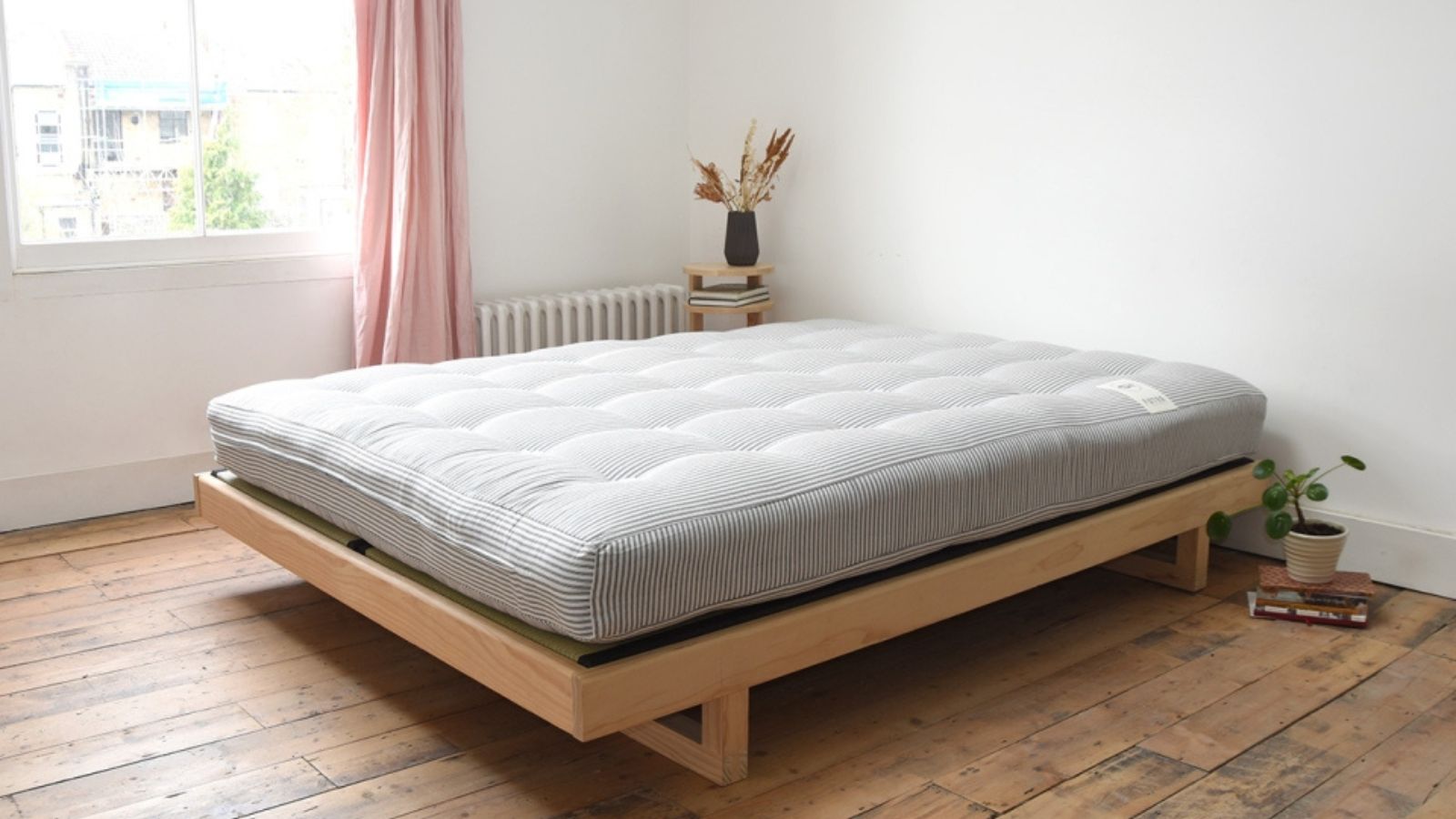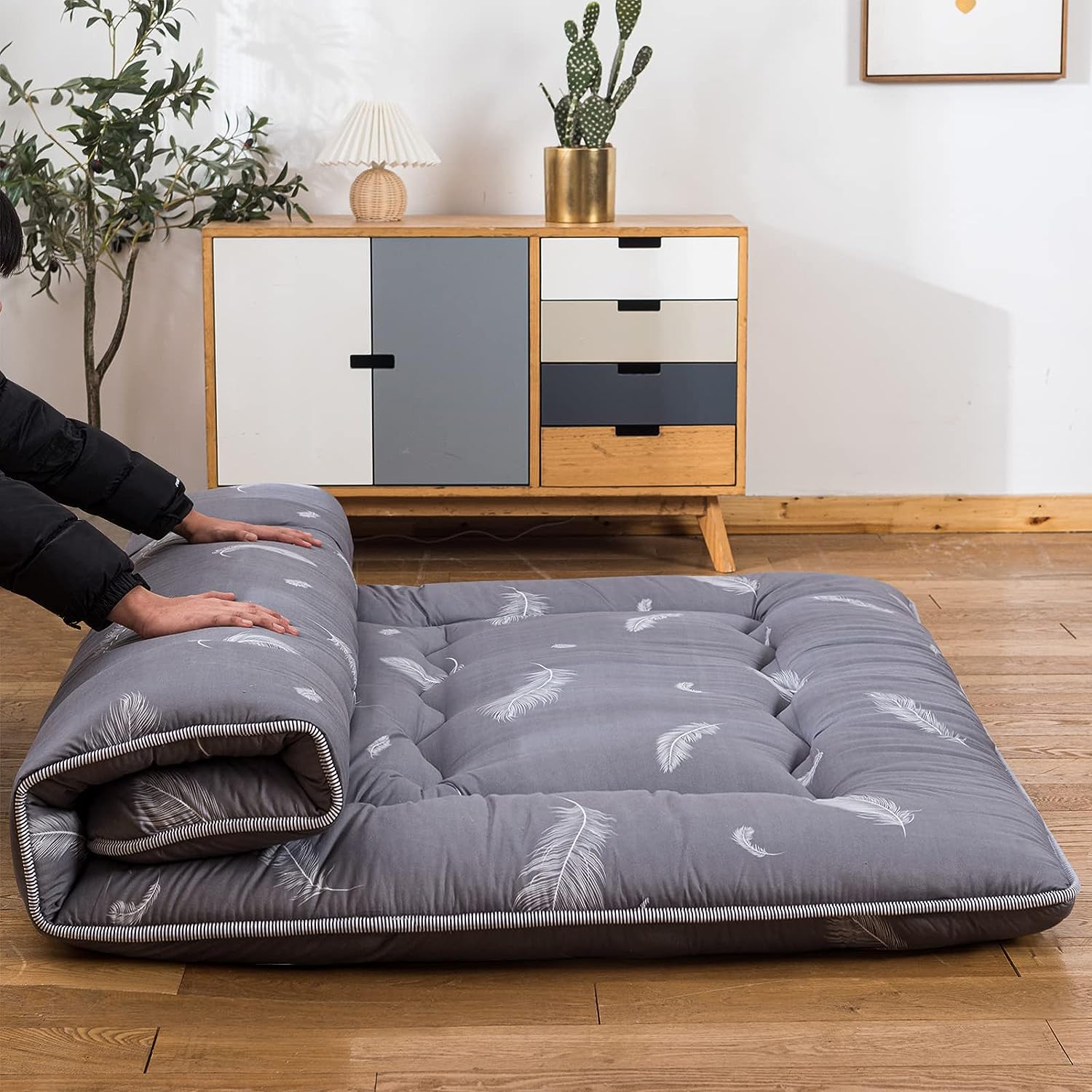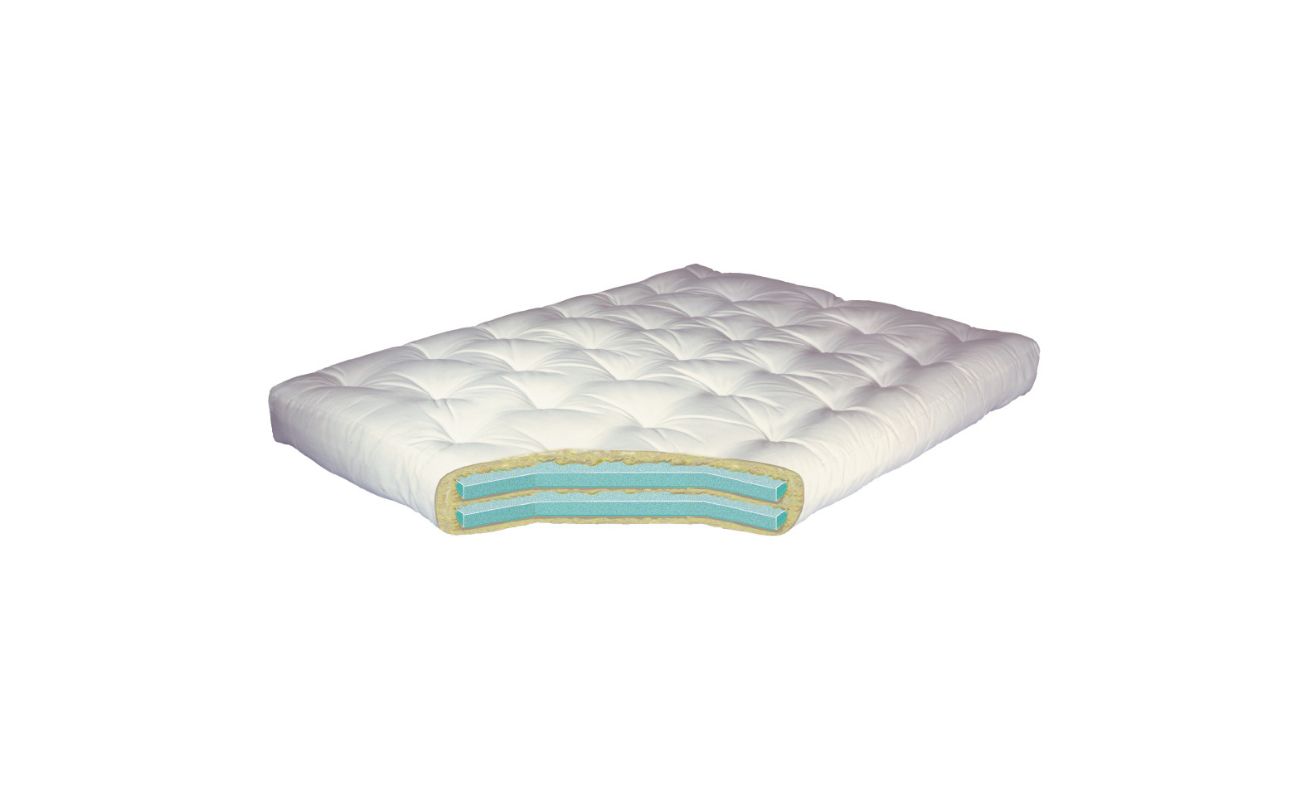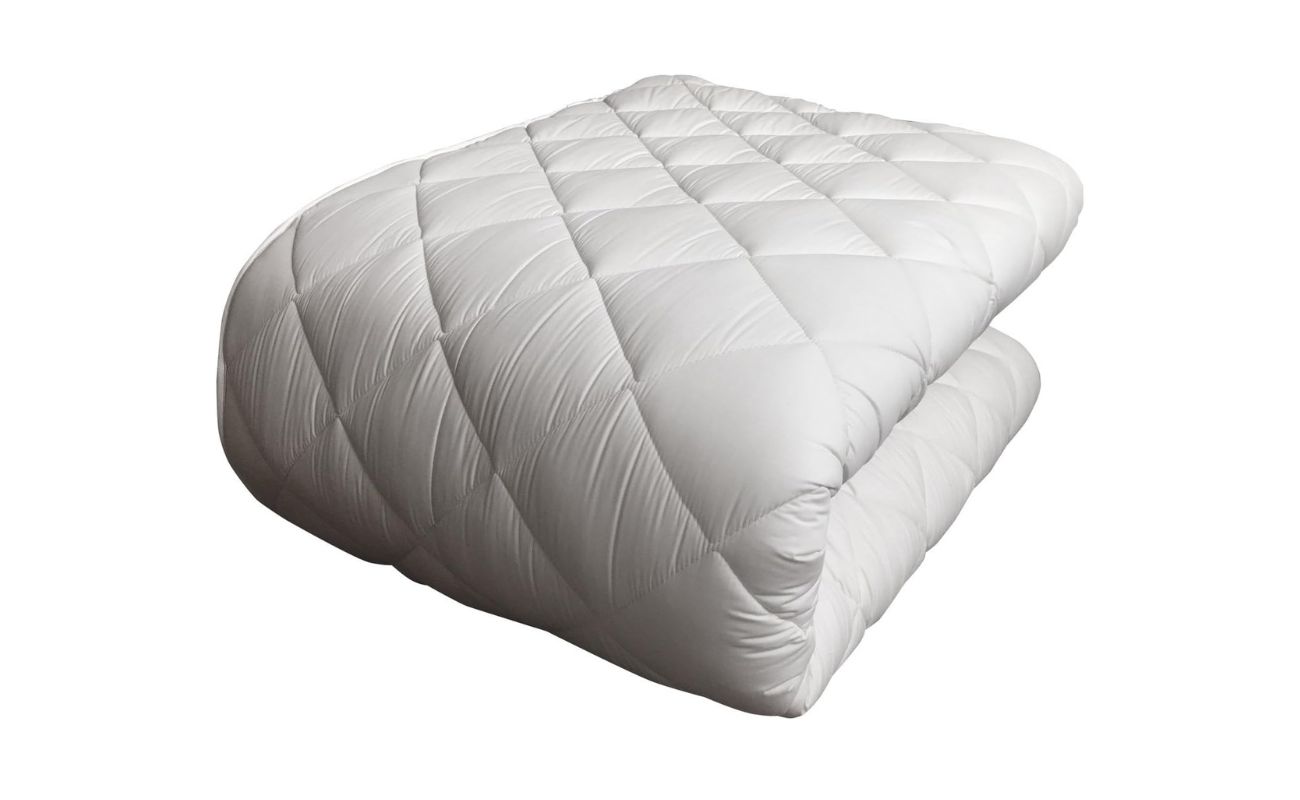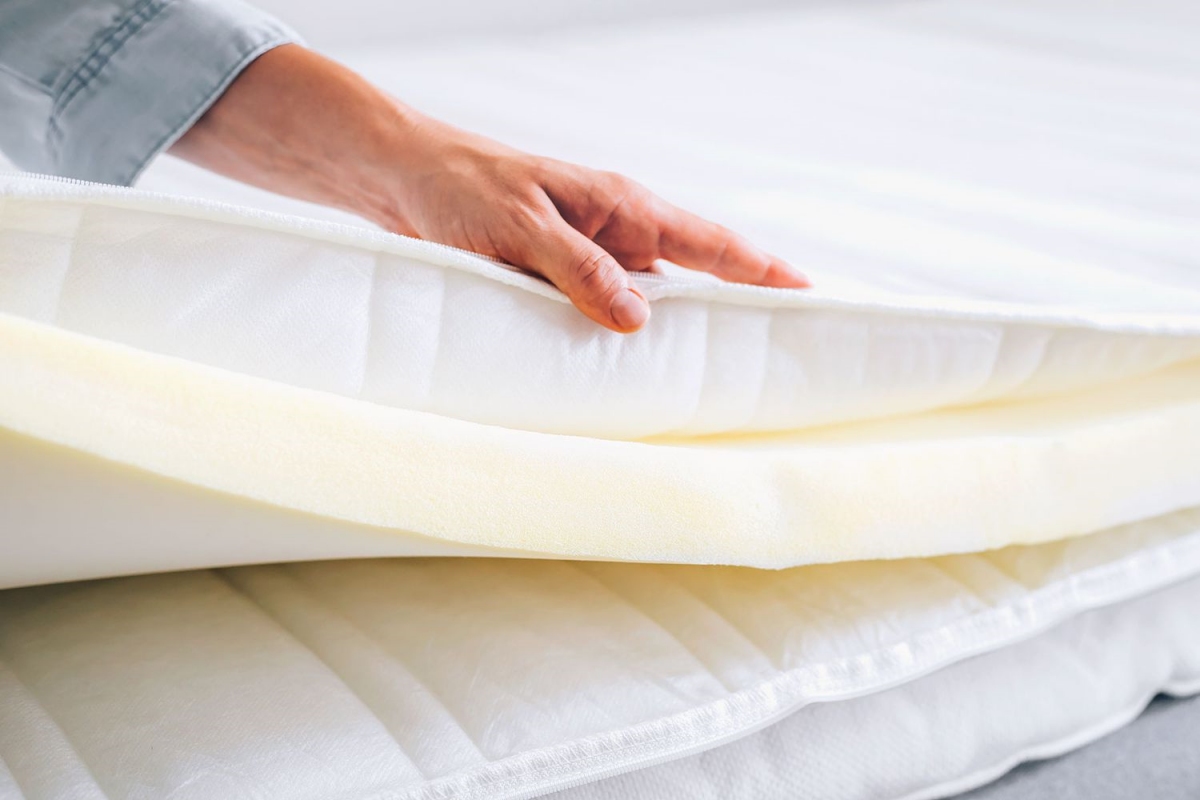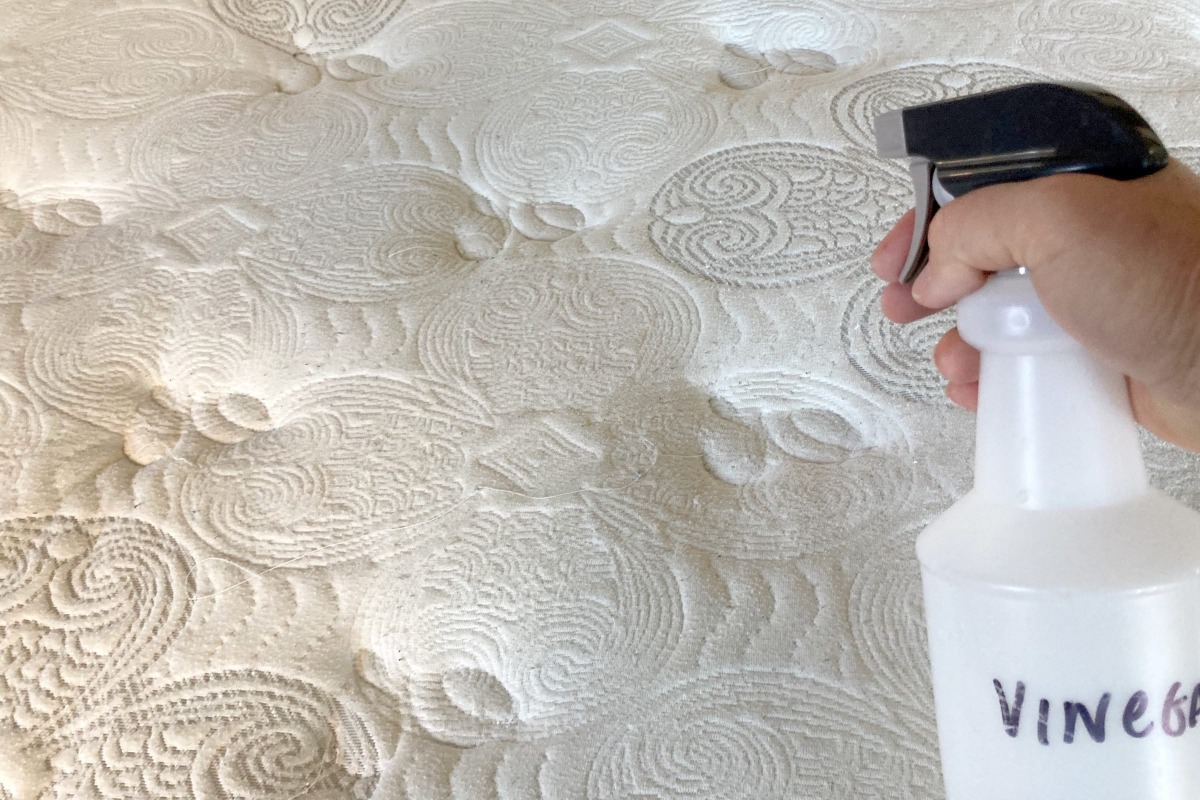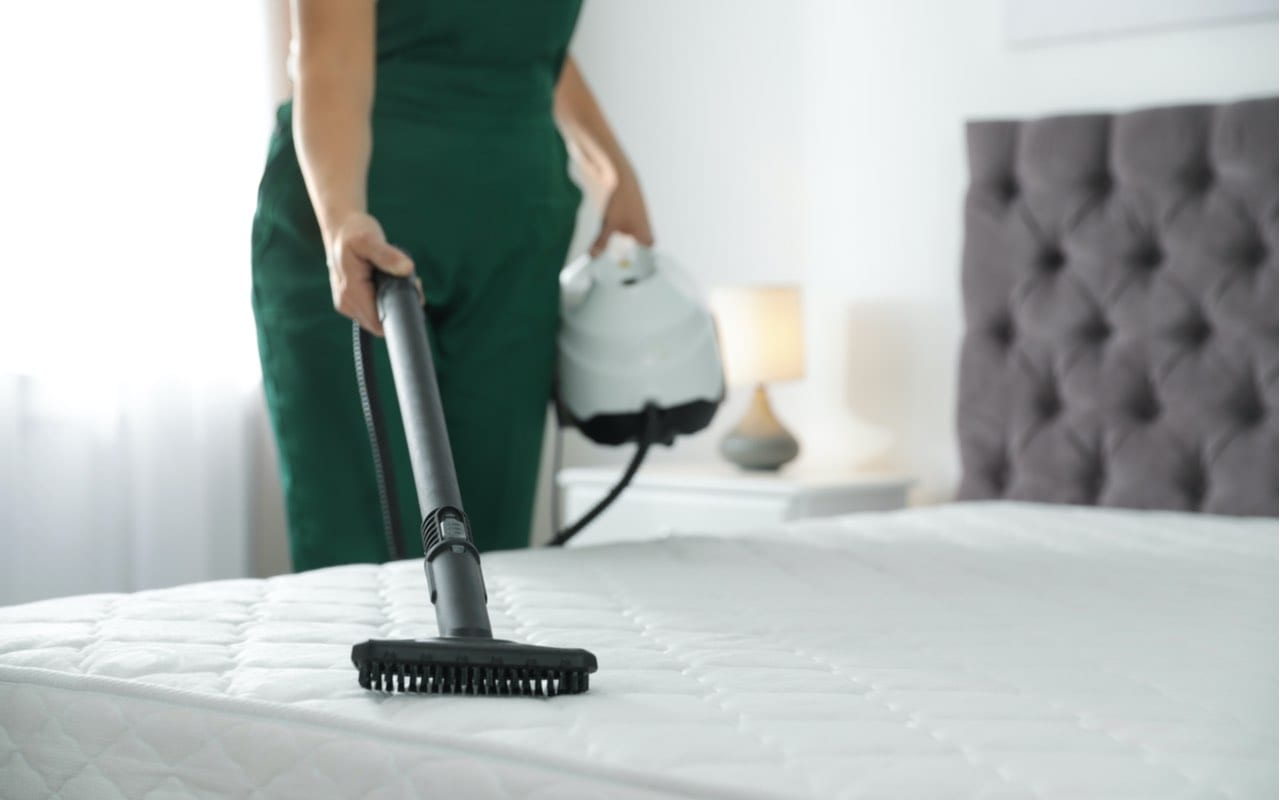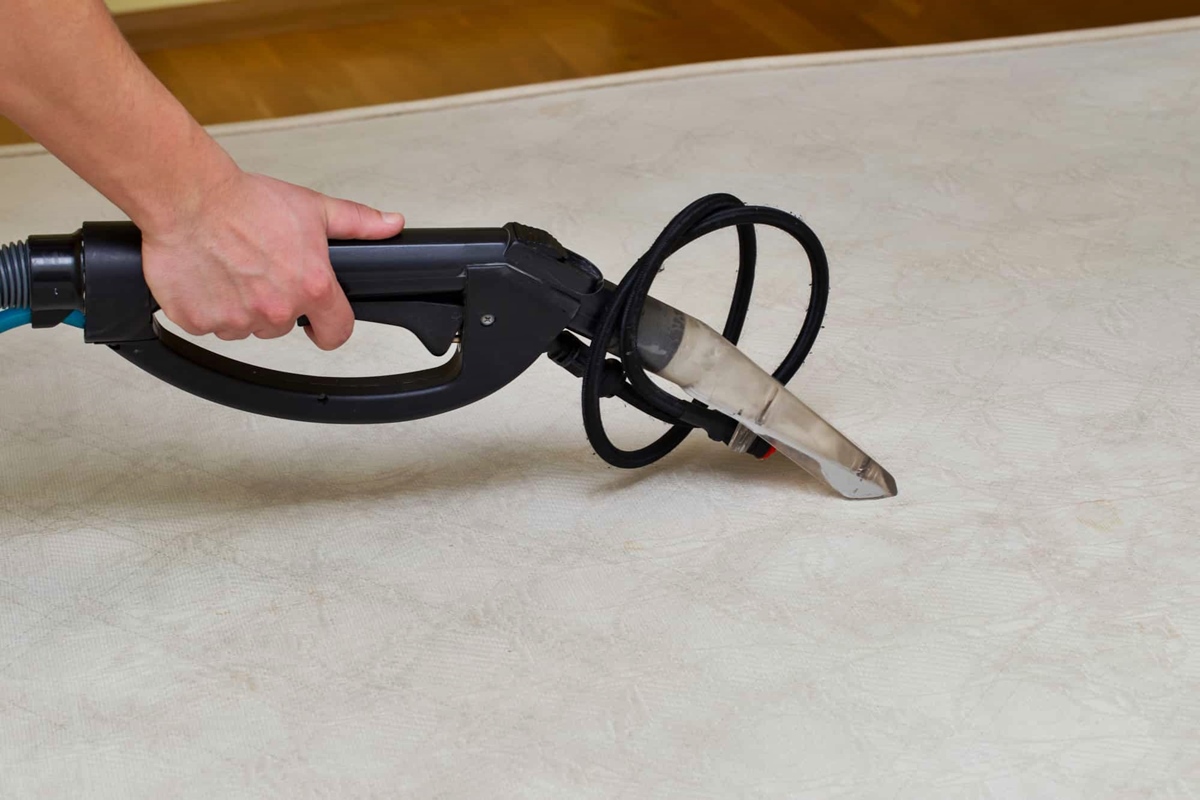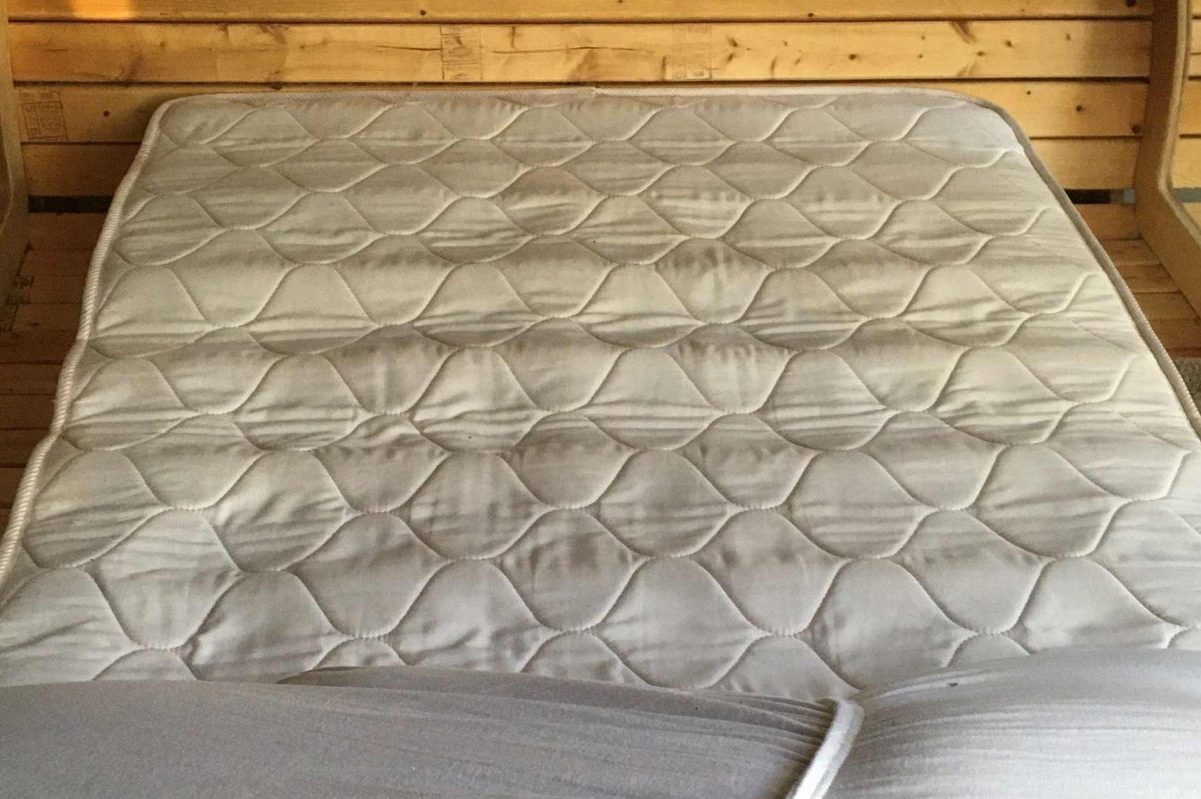Home>Furniture>Bedroom Furniture>How Do You Clean A Futon Mattress
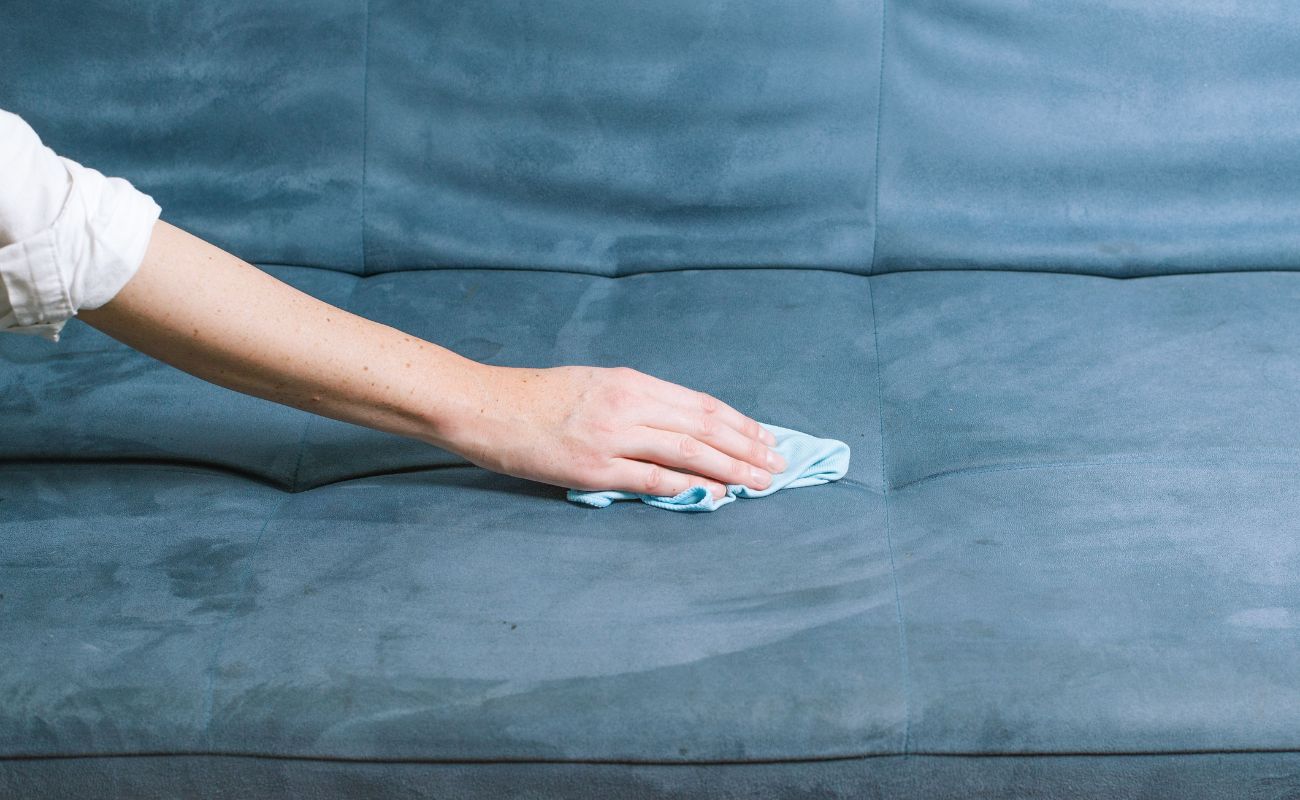

Bedroom Furniture
How Do You Clean A Futon Mattress
Modified: February 17, 2024
Learn the best techniques for cleaning a futon mattress in your bedroom. Keep your bedroom furniture fresh and comfortable with these expert tips.
(Many of the links in this article redirect to a specific reviewed product. Your purchase of these products through affiliate links helps to generate commission for Storables.com, at no extra cost. Learn more)
Introduction
Having a comfortable and clean mattress is essential for a good night’s sleep. When it comes to cleaning your bedroom furniture, one important item to focus on is the futon mattress. Futon mattresses can accumulate dirt, dust, and stains over time, making it necessary to clean them regularly.
In this article, we will guide you through the steps to effectively clean your futon mattress. By following these simple tips, you can keep your mattress fresh, hygienic, and extend its lifespan.
Before we begin, it’s important to note that different types of futon mattresses may require slightly different cleaning methods. It’s always a good idea to check the manufacturer’s instructions or consult a professional if you have any concerns about cleaning your specific mattress.
Key Takeaways:
- Regularly vacuuming your futon mattress helps maintain cleanliness and prevent allergen buildup, contributing to a healthier sleeping environment and extending the mattress’s lifespan.
- Promptly spot cleaning stains, freshening with baking soda, and using a fabric cleaner can effectively maintain the appearance and cleanliness of your futon mattress, ensuring a comfortable and hygienic sleep environment.
Read more: How To Clean A Futon Mattress
Step 1: Vacuum the Mattress
The first step in cleaning your futon mattress is to thoroughly vacuum it to remove any dirt, dust, and debris that may have accumulated on the surface. This will also help to reduce the presence of allergens and keep the mattress clean and fresh.
Start by removing any pillows, sheets, or covers from the futon mattress. Attach the upholstery attachment to your vacuum cleaner and carefully vacuum the entire surface of the mattress. Make sure to pay attention to the corners, crevices, and edges of the mattress as well.
When vacuuming, use gentle, sweeping motions and apply firm but not excessive pressure. This will help to dislodge any dirt or particles from the mattress without causing damage. Take your time and be thorough in your vacuuming to ensure that you remove as much debris as possible.
If you notice any spots or stains on the mattress, you can lightly brush them with a soft brush attachment or use a handheld vacuum cleaner with a spot cleaning attachment to target those areas specifically.
By regularly vacuuming your futon mattress, you can maintain its cleanliness and prevent the buildup of dirt and allergens. This will not only enhance the overall appearance of your mattress but also contribute to a healthier sleeping environment.
Step 2: Spot Clean Stains
Over time, your futon mattress may develop stains from spills, accidents, or other mishaps. It’s essential to address these stains promptly to prevent them from setting in. Here’s how you can spot clean stains from your futon mattress:
1. Blot the Stain: Start by blotting the stain gently with a clean cloth or paper towel. Avoid rubbing the stain as it can spread the liquid and make the stain worse. Blotting will help to absorb the liquid and minimize the stain’s appearance.
2. Use a Mild Cleaning Solution: Mix a small amount of mild, non-toxic detergent with warm water. Dip a sponge or cloth into the solution, and wring it out to remove excess liquid. Test the solution on an inconspicuous area of the mattress to ensure it doesn’t cause any discoloration or damage.
3. Spot Clean the Stain: Gently dab the stained area with the damp sponge or cloth, working from the outer edges of the stain towards the center. Be careful not to soak the mattress excessively. Continue dabbing until the stain is lifted. Rinse the sponge or cloth with clean water and blot the area to remove any residue.
4. Treat Stubborn Stains: For more stubborn stains, you can try using a specialized stain remover. Follow the instructions provided by the manufacturer, and always test the product on a hidden area of the mattress before applying it to the stain.
5. Allow the Mattress to Dry: After spot cleaning the stain, allow the mattress to air dry completely. Keep it in a well-ventilated area and avoid using artificial heat sources to speed up the drying process, as this can cause damage to the mattress. Ensure the mattress is completely dry before proceeding to the next step.
By spot cleaning stains promptly, you can prevent them from setting in and becoming more difficult to remove. This will help to maintain the appearance and cleanliness of your futon mattress for years to come.
Step 3: Freshen with Baking Soda
Baking soda is a versatile and effective natural cleaner that can help to freshen up your futon mattress. Not only does it eliminate odors, but it also helps to absorb moisture and remove stains. Follow these steps to freshen your mattress with baking soda:
1. Remove Bedding and Covers: Before applying baking soda, remove all bedding, pillows, and covers from your futon mattress to allow for thorough cleaning.
2. Sprinkle Baking Soda: Sprinkle a generous amount of baking soda evenly over the entire surface of the mattress. Use enough baking soda to cover the mattress but avoid saturating it. You can also add a few drops of your favorite essential oil to the baking soda for a pleasant fragrance.
3. Let it Sit: Allow the baking soda to sit on the mattress for at least 30 minutes, but if possible, leaving it overnight will yield the best results. During this time, the baking soda will help absorb any odors and moisture from the mattress.
4. Vacuum the Baking Soda: After the designated time, vacuum the baking soda from the mattress using the upholstery attachment of your vacuum cleaner. Make sure to vacuum all sides of the mattress, including the corners and edges, to remove all the baking soda residue.
5. Sunlight Treatment (Optional): If your futon mattress is portable and weather permitting, consider placing it outside in direct sunlight for a few hours. Sunlight is a natural disinfectant and can help eliminate any remaining odors or bacteria. However, make sure not to leave it out for too long, as extended exposure to direct sunlight can cause discoloration.
By using baking soda to freshen your futon mattress, you can neutralize odors, absorb moisture, and promote a cleaner and more pleasant sleeping environment.
To clean a futon mattress, start by vacuuming it to remove any dust and debris. Then, spot clean any stains with a mixture of mild detergent and water. Allow the mattress to air dry completely before using it again.
Step 4: Use a Fabric Cleaner
If your futon mattress has stubborn stains or requires deeper cleaning, using a fabric cleaner specifically designed for upholstery can be beneficial. Follow these steps to effectively clean your mattress with a fabric cleaner:
1. Read the Instructions: Before using any fabric cleaner, carefully read and follow the instructions provided by the manufacturer. This will ensure that you use the product correctly and avoid any potential damage to your futon mattress.
2. Spot Test: Prior to applying the fabric cleaner to the entire mattress, test it on a small, inconspicuous area first. This will help determine if the cleaner is suitable for your mattress and if it causes any discoloration or adverse effects.
3. Apply the Cleaner: Spray the fabric cleaner evenly over the stained areas of the futon mattress. For larger stains, you may need to spray the cleaner over a broader area to ensure even coverage. Be cautious not to oversaturate the mattress, as excessive moisture can lead to mold or mildew growth.
4. Scrub Gently: Using a soft-bristle brush or a sponge, gently scrub the stained areas in a circular motion. This will help the fabric cleaner penetrate deep into the fibers and loosen any dirt or grime. Avoid scrubbing too vigorously to prevent damage to the mattress.
5. Blot the Stains: After scrubbing, use a clean cloth or paper towel to blot the treated areas. This will help absorb the moisture and lift the loosened dirt and stains from the mattress. Continue blotting until the cloth comes away clean.
6. Rinse (if required): Depending on the fabric cleaner used, you may need to rinse the mattress after spot cleaning. Check the product instructions to determine if rinsing is necessary. If so, use a clean, damp cloth to gently remove any residue from the treated areas.
7. Allow for Drying: After spot cleaning and rinsing (if needed), allow the futon mattress to air-dry completely. Place it in a well-ventilated area with good airflow to facilitate the drying process. It’s essential to let the mattress dry thoroughly to prevent mold or mildew formation. Avoid using artificial heat sources to accelerate drying, as they may damage the mattress.
Using a fabric cleaner can be a more intensive cleaning method for your futon mattress. It helps to remove tough stains and restore the freshness of your mattress, leaving it looking and smelling clean.
Read more: How To Clean A Futon Mattress Of Urine
Step 5: Allow for Drying Time
After cleaning your futon mattress, it is crucial to allow sufficient drying time to ensure that it is completely dry before using it or putting back any bedding or covers. Here are some important steps to follow for effective drying:
1. Remove Excess Moisture: Before proceeding with the drying process, gently blot any excess moisture from the mattress using a clean towel or absorbent cloth. This helps to speed up the overall drying time.
2. Air Circulation: Place the mattress in a well-ventilated area with good airflow. Position it in a way that allows air to circulate around all sides of the mattress. Opening windows or using fans can further facilitate air circulation and expedite the drying process.
3. Natural Sunlight: If possible, take advantage of natural sunlight. Sunlight has a natural drying effect that helps eliminate any remaining moisture and freshens the mattress. However, avoid leaving the mattress exposed to direct sunlight for an extended period, as this can cause discoloration.
4. Avoid Artificial Heat Sources: Although it may be tempting to accelerate the drying process by using artificial heat sources such as hairdryers or heaters, it’s best to avoid them. High heat can damage the mattress materials and affect its overall integrity. Stick to natural air-drying methods for optimal results.
5. Patience is Key: Depending on the climate and moisture levels, the drying process may take anywhere from a few hours to a couple of days. It’s essential to exercise patience and allow the mattress to dry thoroughly before using it. Sleeping or covering a damp mattress can lead to mold or mildew growth and an unpleasant odor.
By following these steps and ensuring that your futon mattress is completely dry, you can maintain its hygiene, prevent the growth of mold or mildew, and ensure a comfortable and healthy sleep environment.
Step 6: Flip and Rotate the Mattress
Flipping and rotating your futon mattress is an essential step in maintaining its longevity and comfort. This helps to distribute the wear and tear evenly across the mattress, preventing sagging and ensuring even support. Here’s how you can properly flip and rotate your futon mattress:
1. Determine the Flipping and Rotating Schedule: Consult the manufacturer’s instructions or guidelines to determine how often you should flip and rotate your futon mattress. Typically, it is recommended to do this every three to six months or as specified by the manufacturer.
2. Prepare the Mattress: Remove all bedding, pillows, and covers from the mattress before flipping and rotating. Ensure that the mattress is clean and free of any debris or stains.
3. Flip the Mattress: Carefully lift one end of the mattress and flip it over, so the top becomes the bottom. Take caution when flipping to avoid strain or injury. If your mattress has a specific top and bottom side, be sure to flip it accordingly.
4. Rotate the Mattress: Once the mattress is flipped, rotate it 180 degrees. This means that the head side becomes the foot side, and vice versa. If your mattress has a specific head and foot orientation, make sure to rotate it accordingly.
5. Make it Even: After flipping and rotating the mattress, ensure that it sits evenly on the frame or foundation. Adjust it if needed to ensure proper alignment and support.
6. Reapply Bedding and Covers: Once the flipping and rotating are complete, reapply your bedding, pillows, and covers to the mattress. Make sure they fit properly and are secure to ensure a comfortable and cozy sleep surface.
Flipping and rotating your futon mattress regularly helps to maintain its structural integrity, prevents uneven wear, and extends its lifespan. By following this step, you can ensure that your mattress remains supportive and comfortable for years to come.
Conclusion
Keeping your futon mattress clean and well-maintained is essential for a comfortable and hygienic sleep environment. By following the steps outlined in this article, you can effectively clean and care for your futon mattress, preserving its quality and extending its lifespan.
From vacuuming the mattress to spot cleaning stains, freshening with baking soda, using a fabric cleaner, allowing for proper drying time, and flipping and rotating the mattress, each step plays a crucial role in maintaining the cleanliness and longevity of your futon mattress.
Regular cleaning and care not only help to remove dirt, stains, and odors but also eliminate allergens and provide a healthier sleep environment. Additionally, a clean and fresh mattress contributes to a more comfortable and restful sleep, ensuring you wake up feeling rejuvenated and ready to take on the day.
Remember to consult the manufacturer’s instructions for specific cleaning recommendations and to handle any stains or spills promptly. Keeping up with a regular cleaning routine will help prevent the buildup of dirt and stains, making the cleaning process more manageable and ensuring that your mattress stays in pristine condition.
By incorporating these cleaning steps into your regular maintenance routine, you can enjoy a clean, fresh, and comfortable futon mattress that provides you with a restful sleep night after night.
Frequently Asked Questions about How Do You Clean A Futon Mattress
Was this page helpful?
At Storables.com, we guarantee accurate and reliable information. Our content, validated by Expert Board Contributors, is crafted following stringent Editorial Policies. We're committed to providing you with well-researched, expert-backed insights for all your informational needs.
